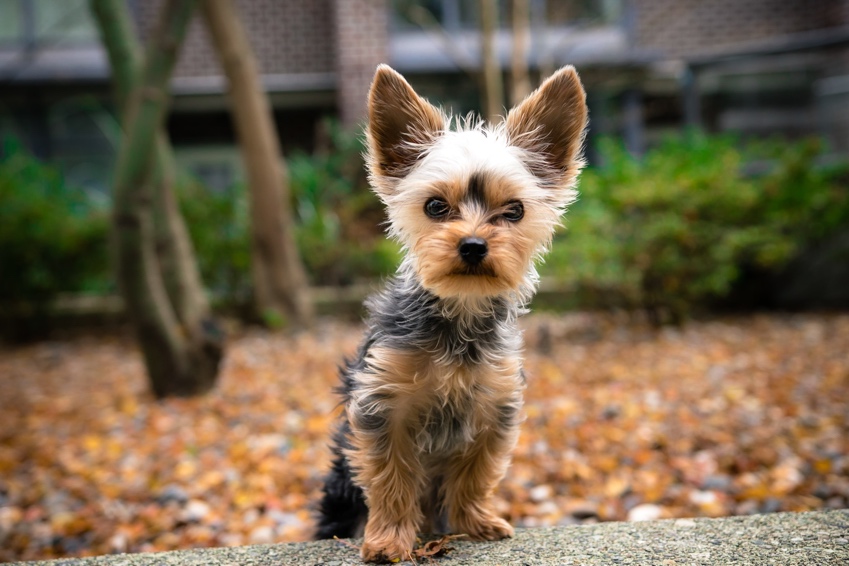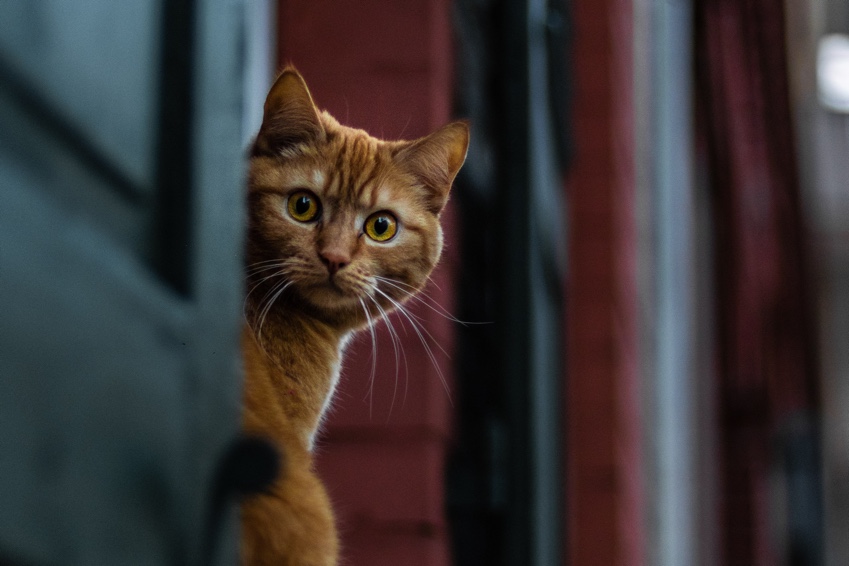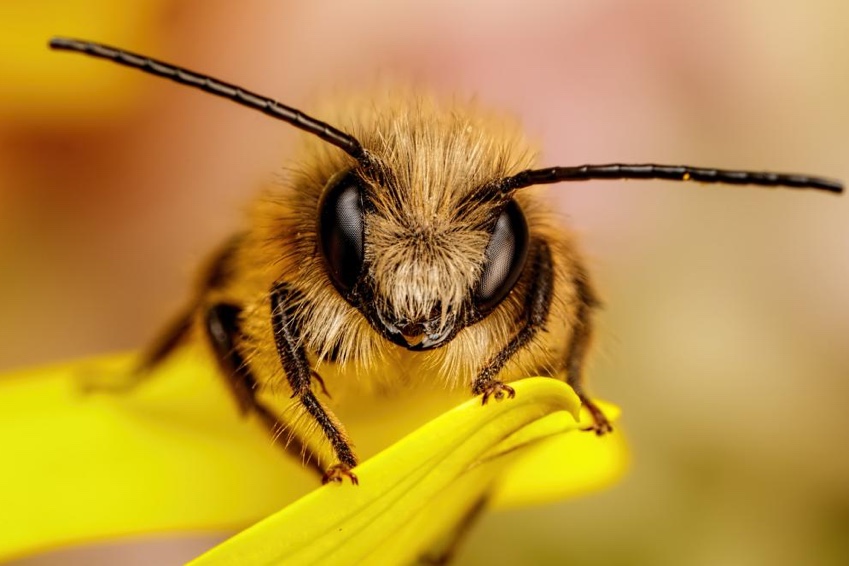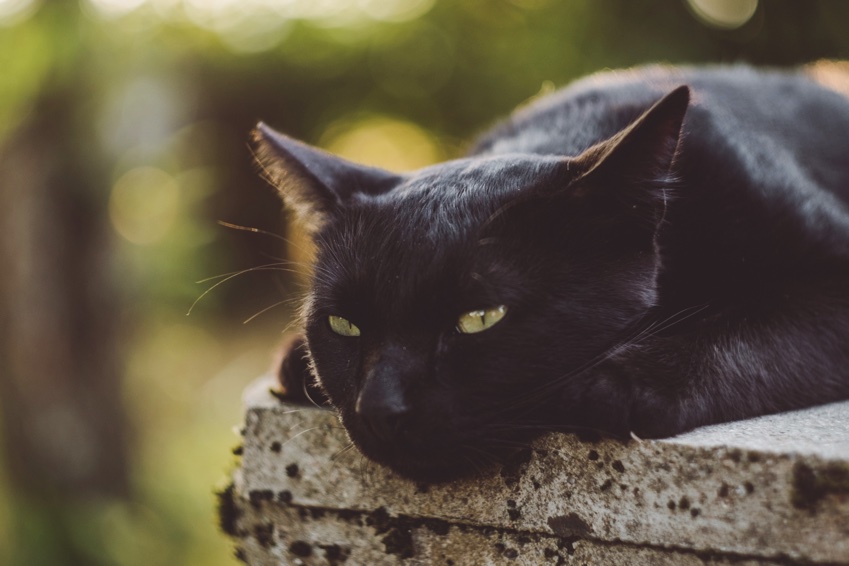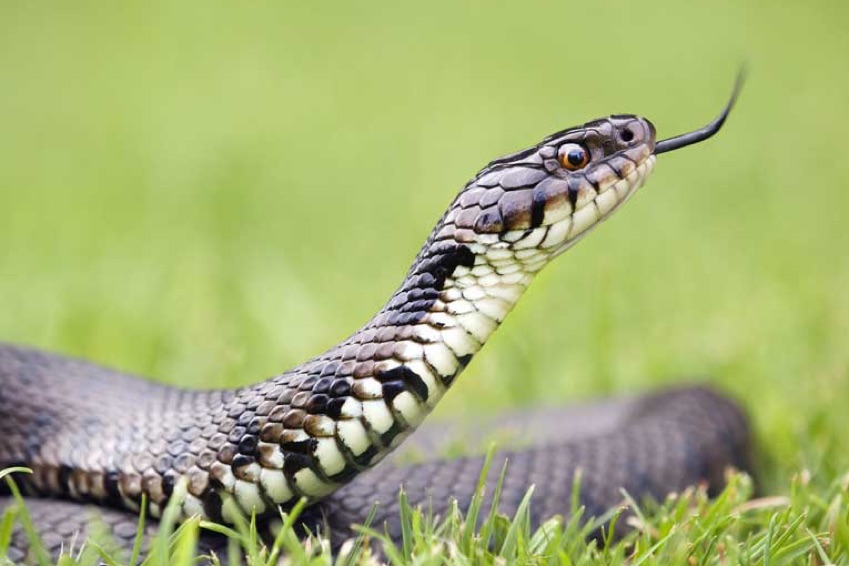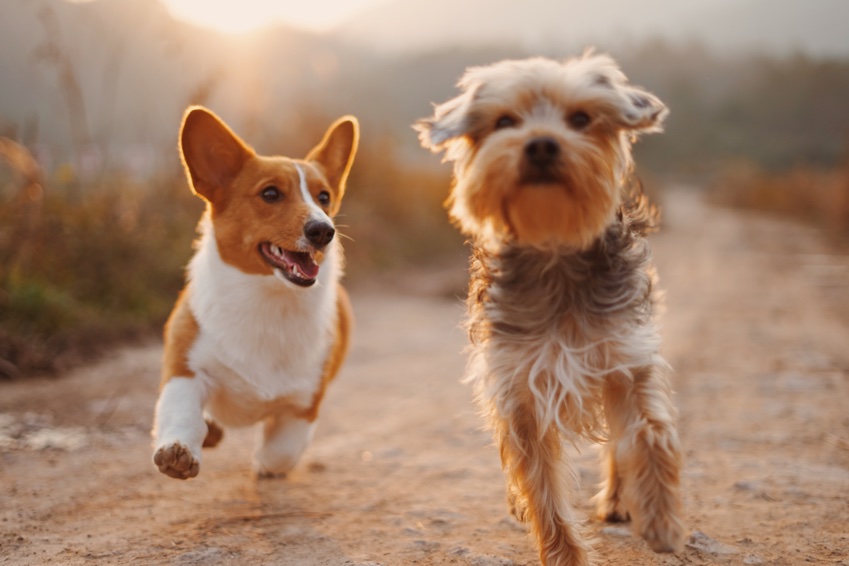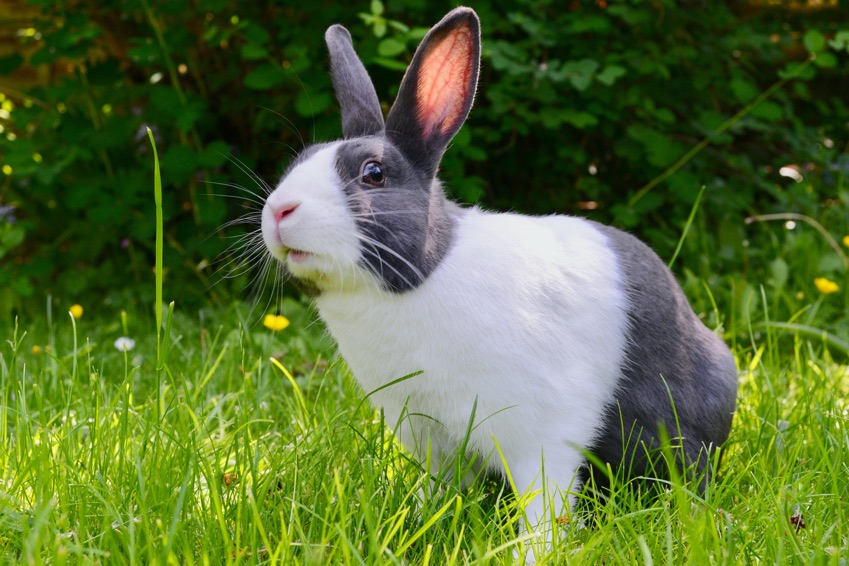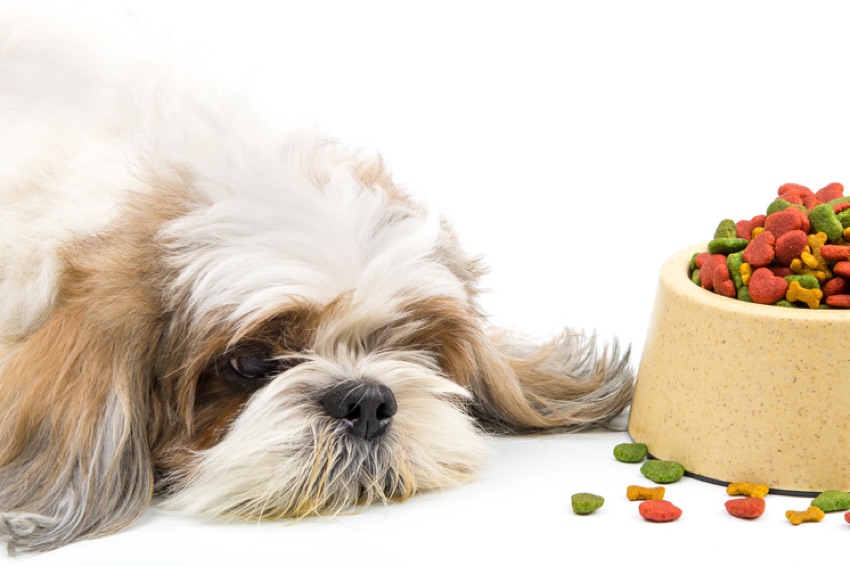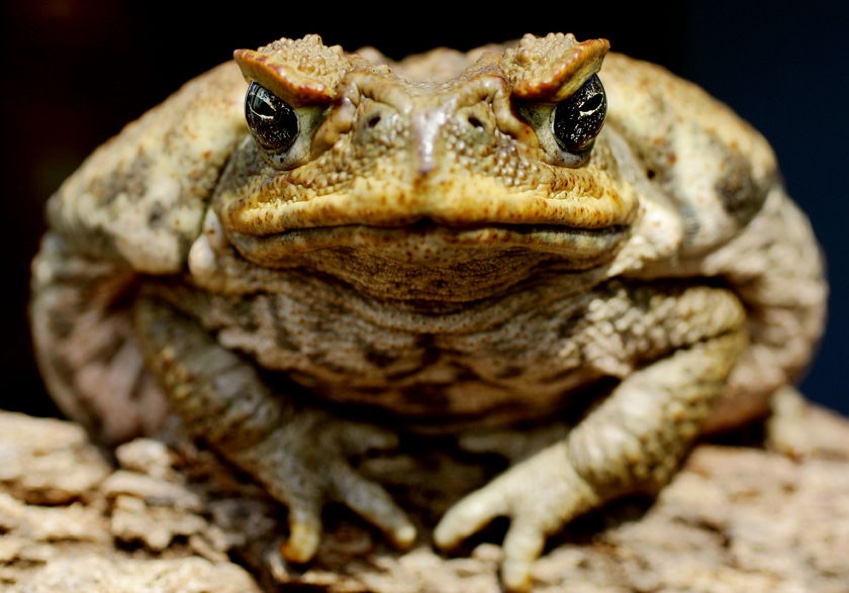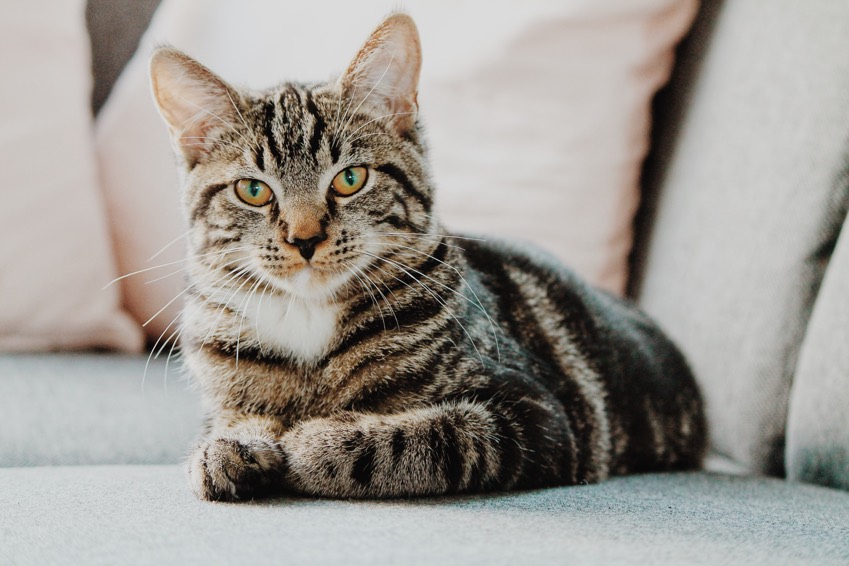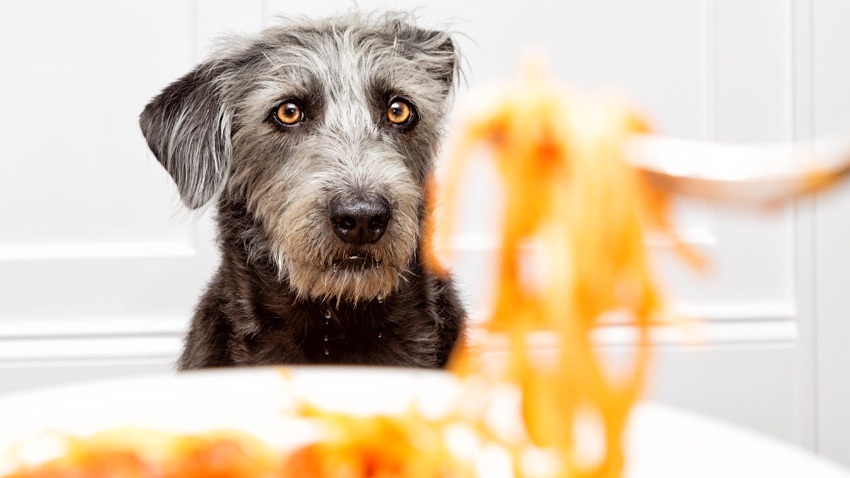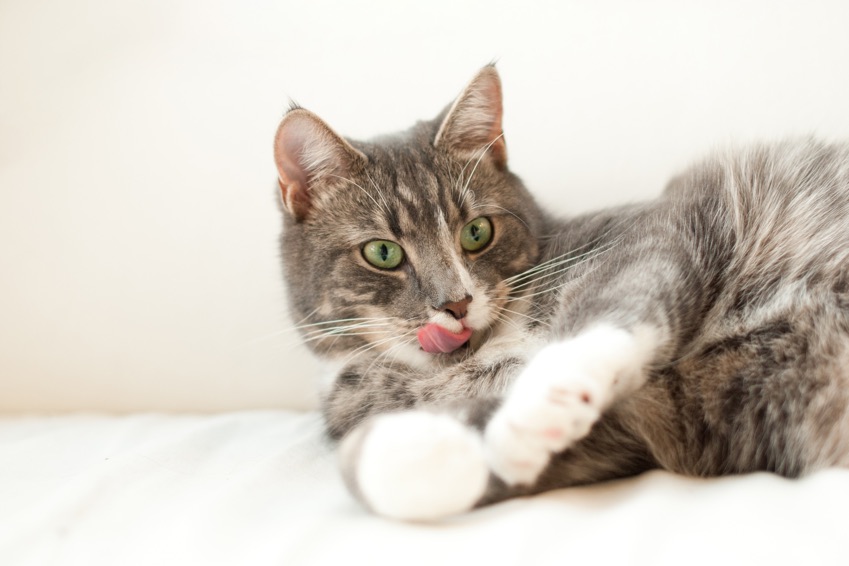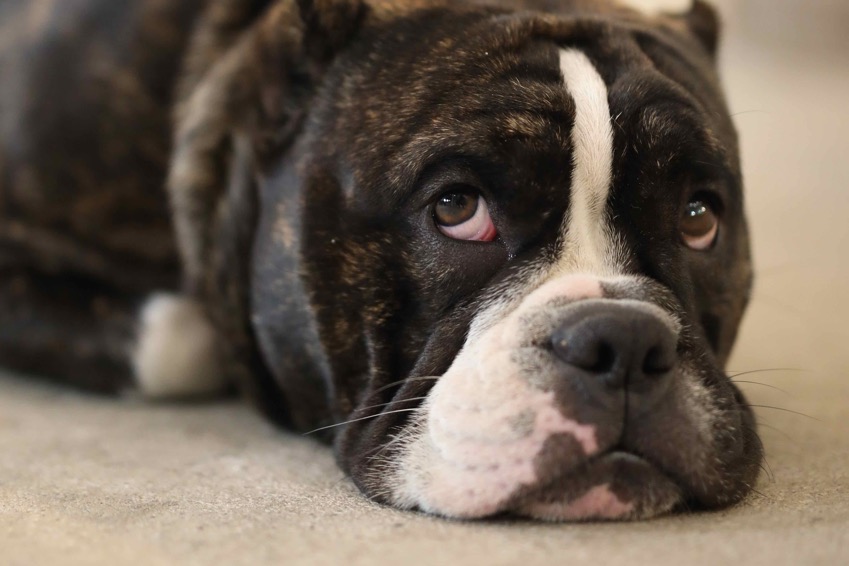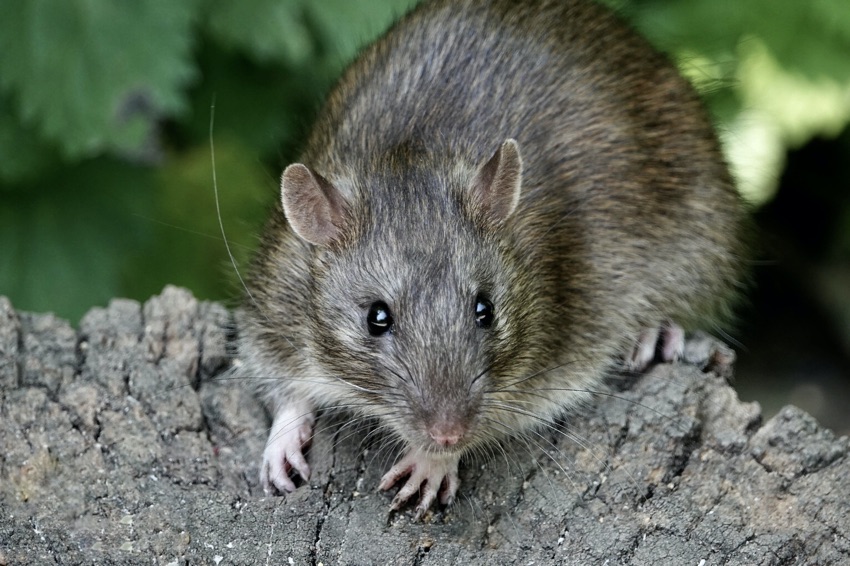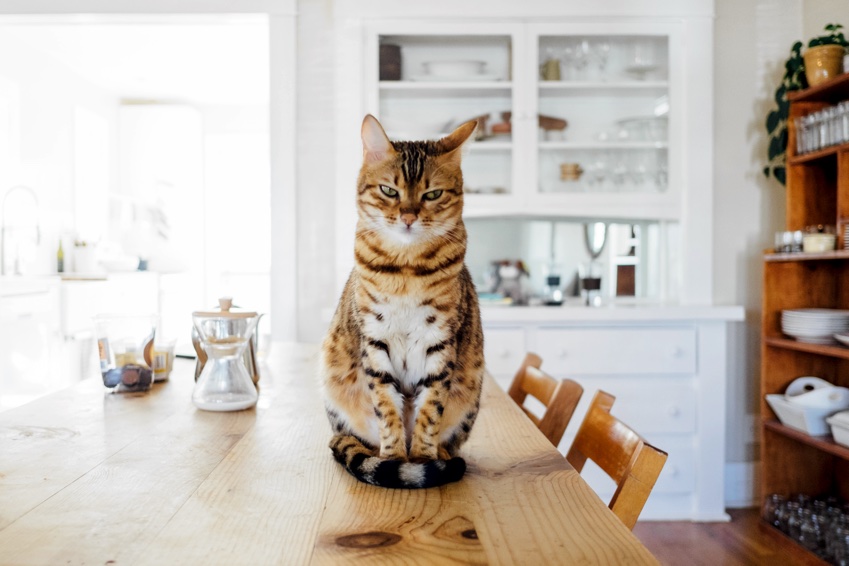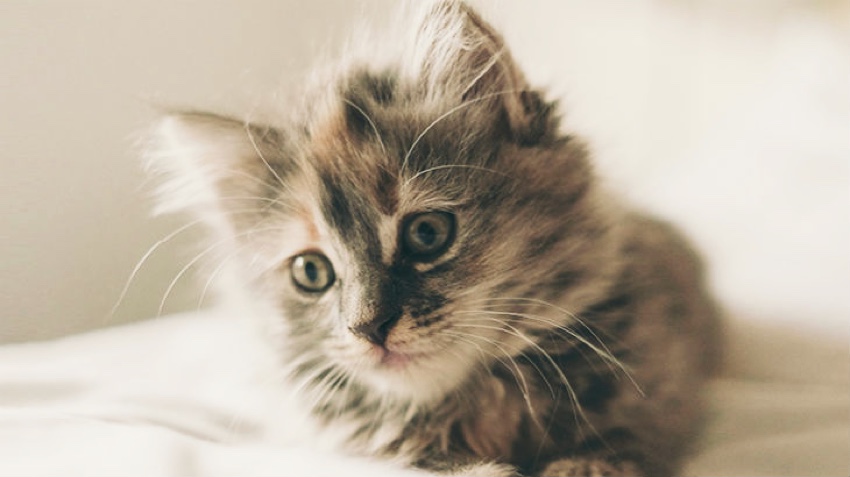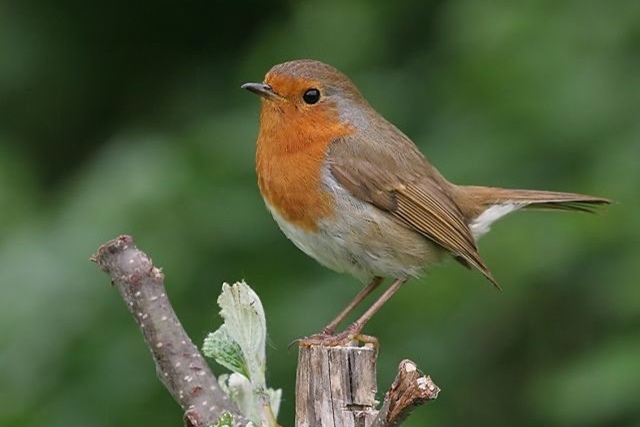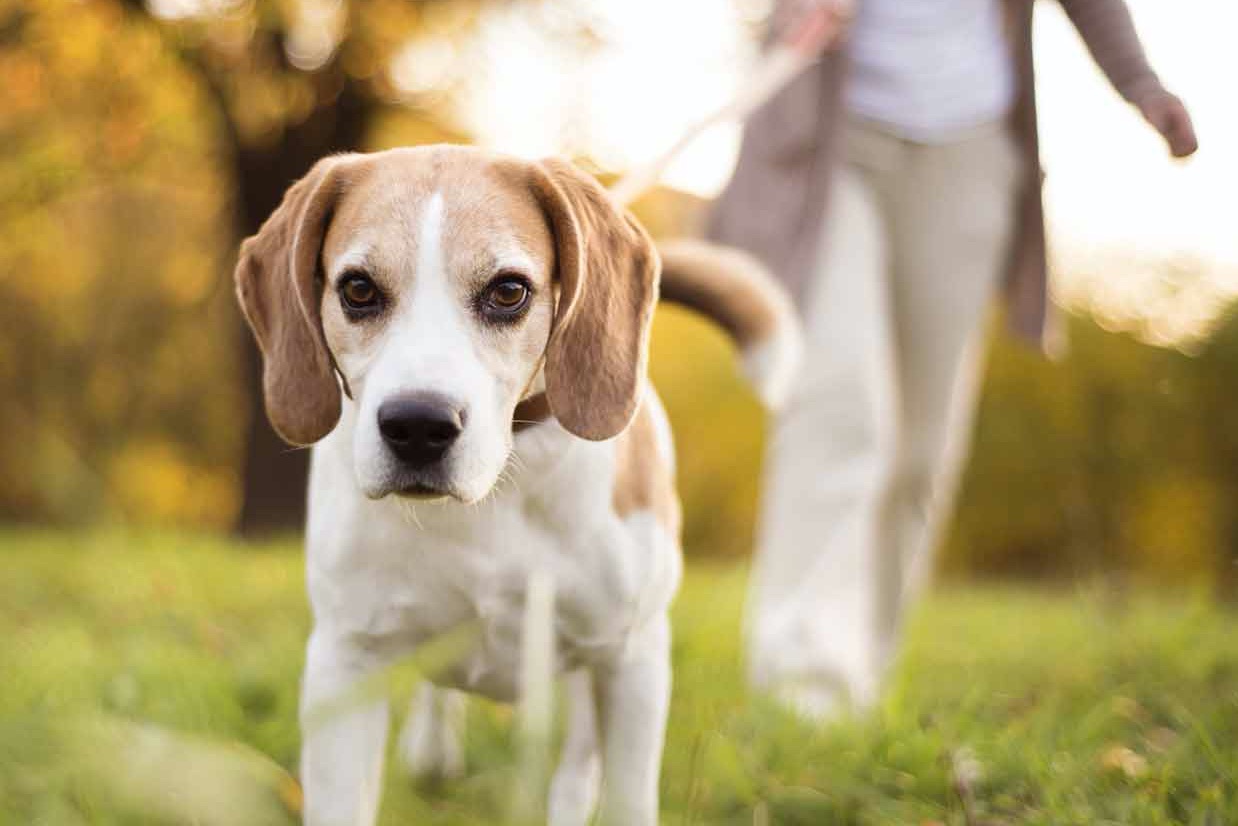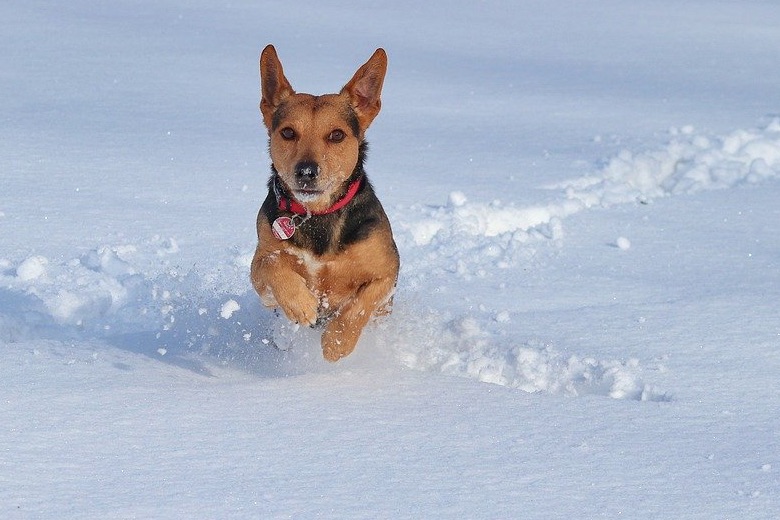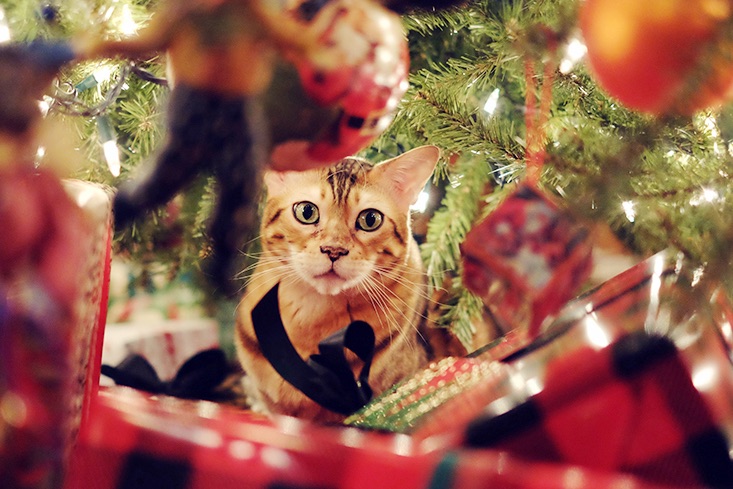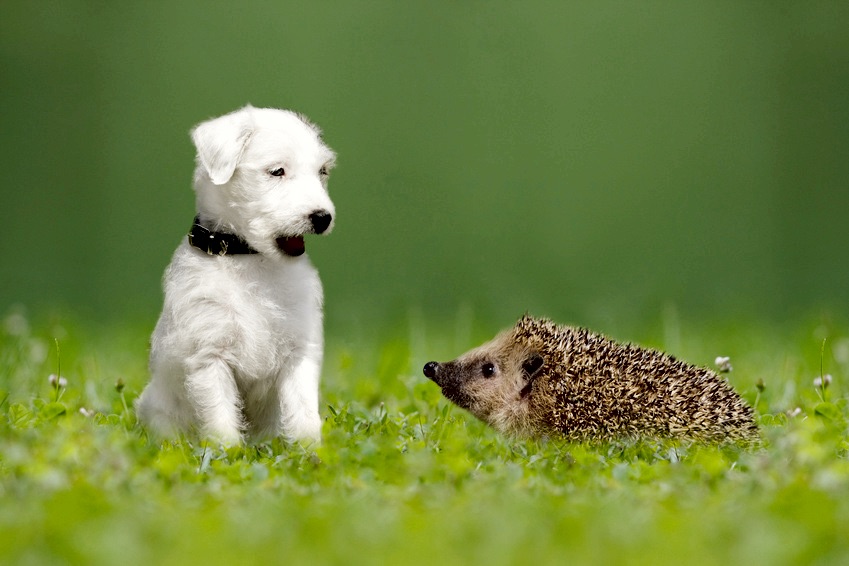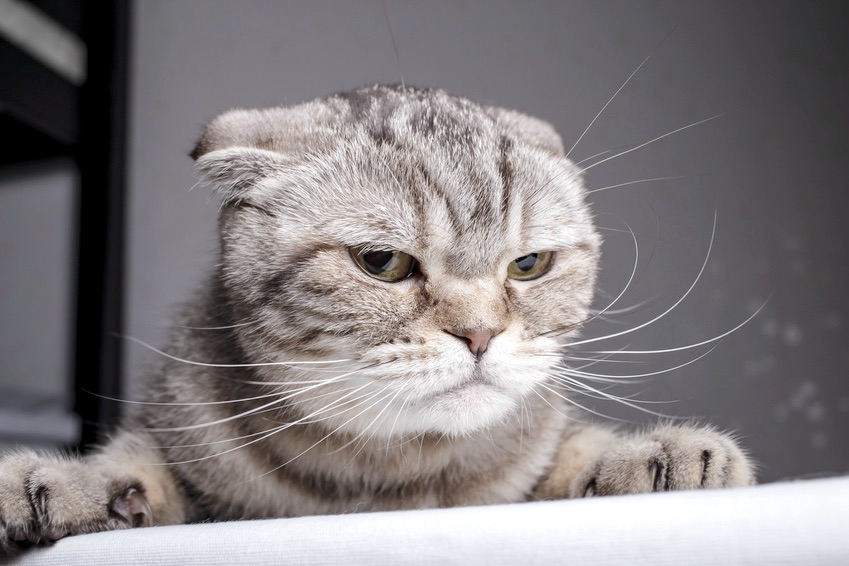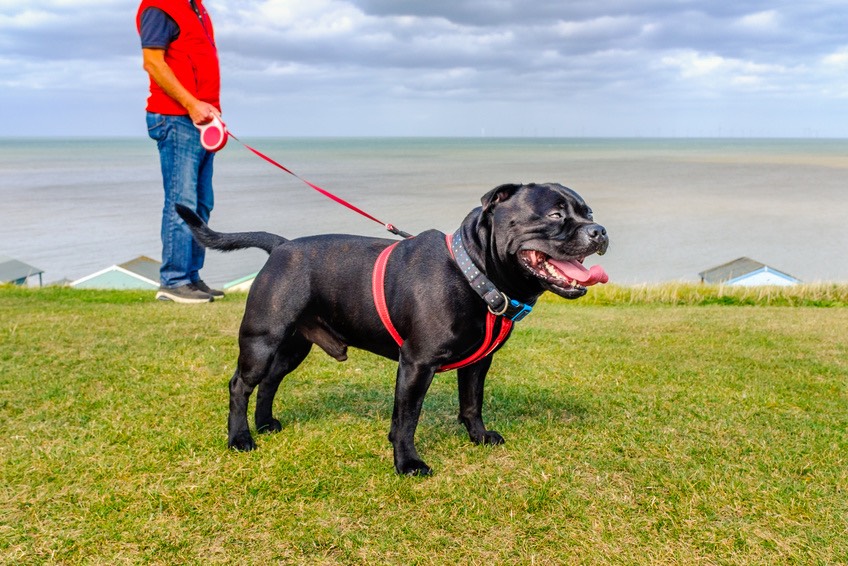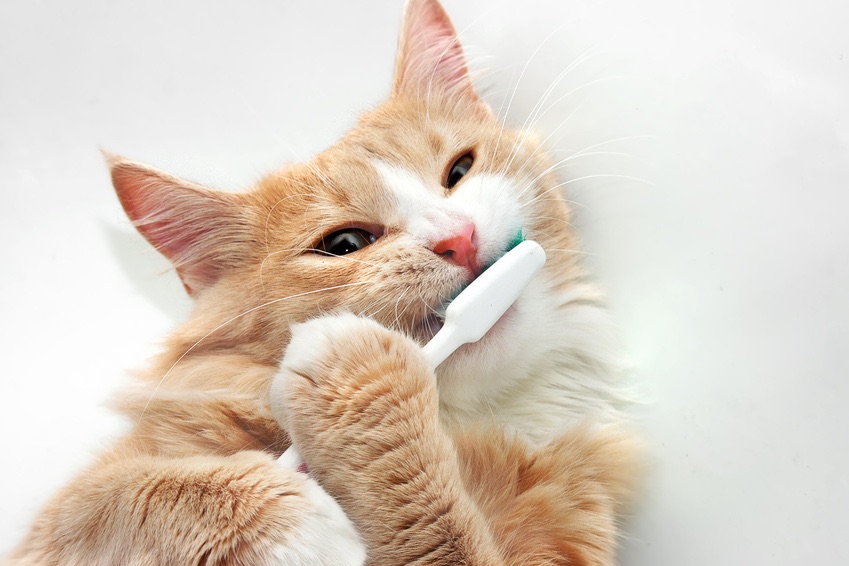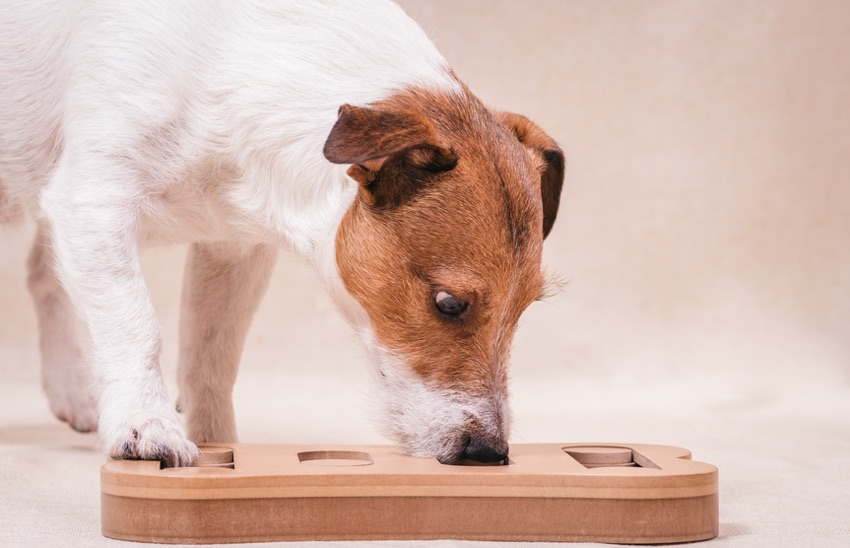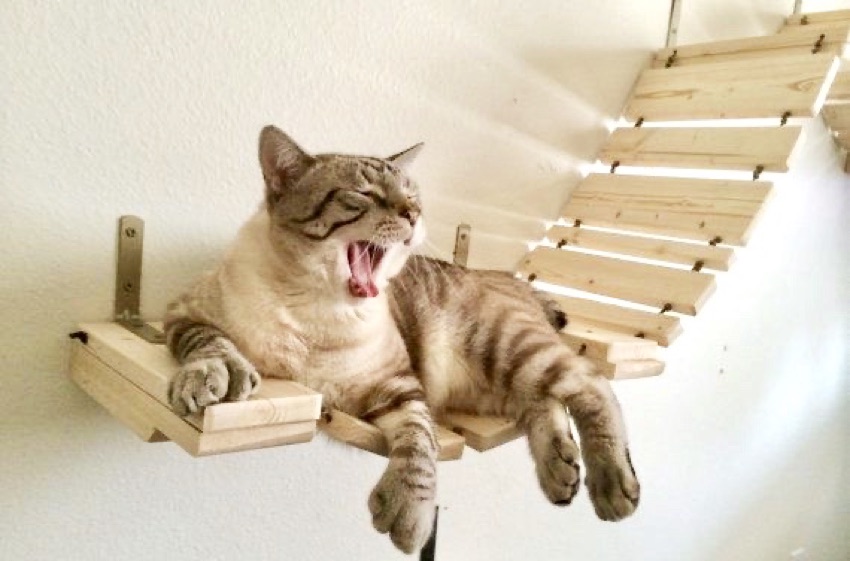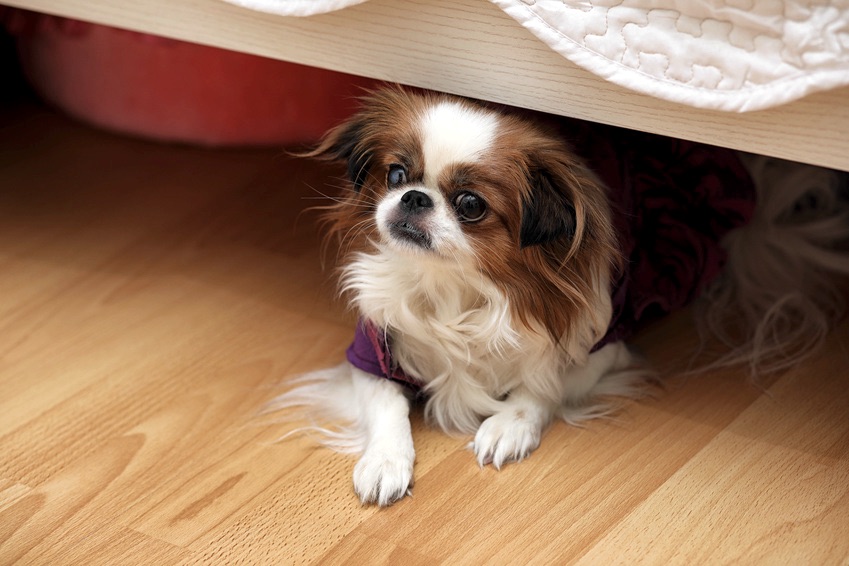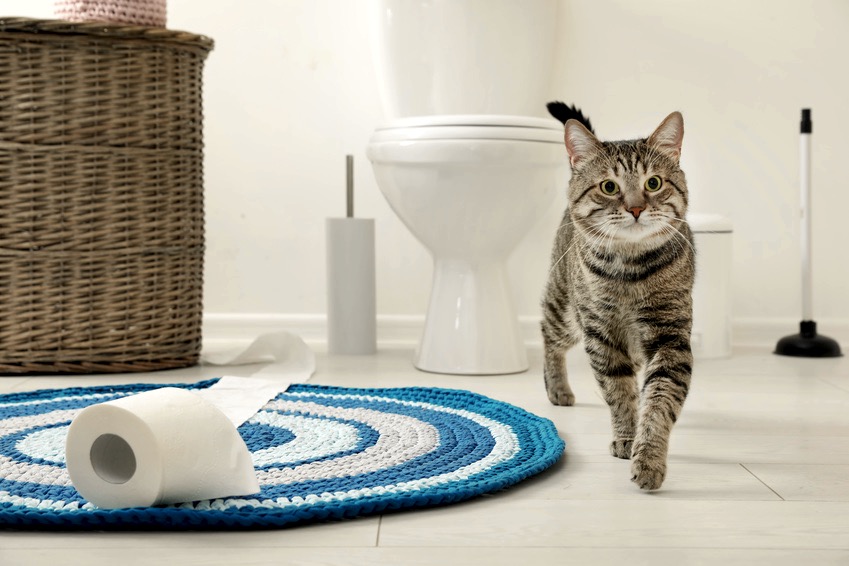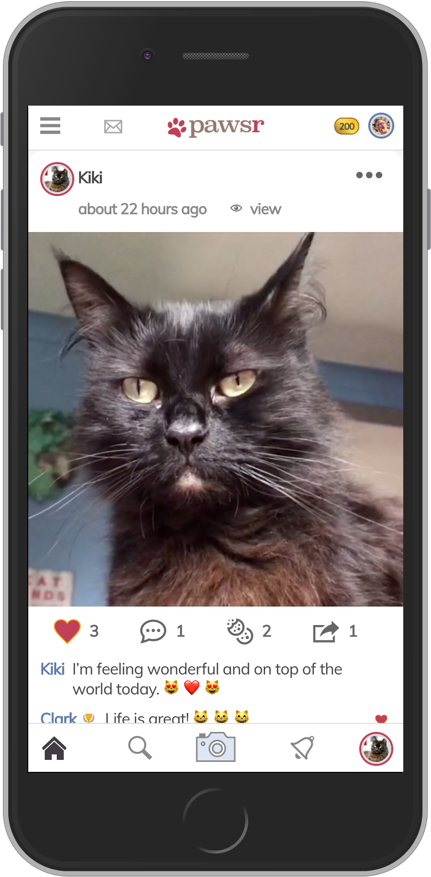They love your prize winning veggies as much as they love the soggy British climate. Making their appearance in droves whenever we’ve had a good drizzle – we’re referring, of course, to slugs! Other than being a vital part of our ecosystem, many of us can’t think of anything redeeming about these slimy, black and orange squirmers - and that’s not just because the pawsr team is still bitter about the untimely disappearance of their delicious winter vegetables!
Most people are familiar with these sludgy little creatures. Whether you’ve spotted them munching your prize petunias or covering the path after a drizzle, there are a few things you may not know about slugs.
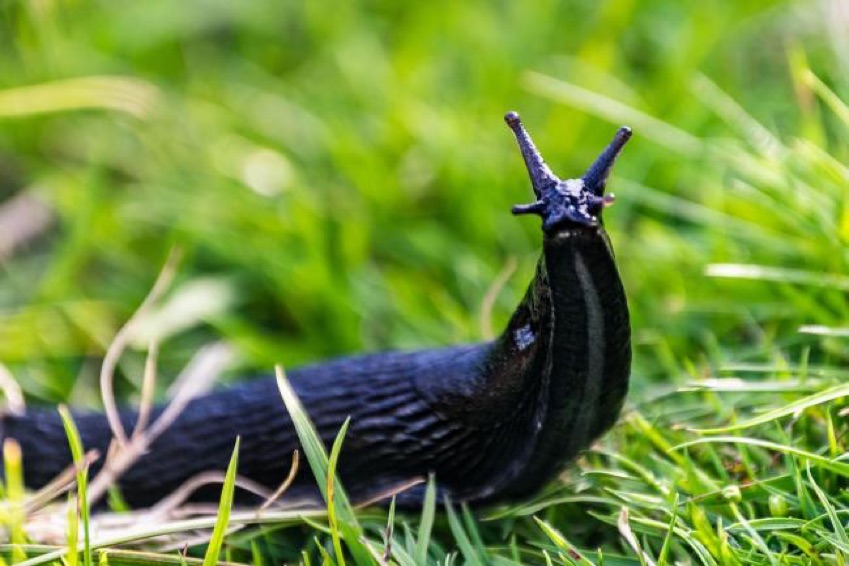
Perhaps the most common type in the UK, the large, Black Slug, isn’t always black. They can also appear brown and sometimes have an orange frill.
These large land gastropod molluscs don’t have shells like their cousins, snails. Therefore, their bodies produce a mucus full of toxins to deter predators. They actually produce two other types of mucus, too - one which helps them move, and another which prevents them from drying out - which would be deadly to a slug!
Slugs, admittedly, are actually quite useful as decomposers. This means they can help break down minute fibres, thus aiding the composting process. They don’t just have a taste for your veg patch - they are actually omnivores - and will prey on small organisms such as earthworms, and even some carrion!
Black slugs are native to the UK and can be found all year round. However, as they are nocturnal, we are least likely to see them during the day or in warm weather. They prefer damp, dark and cool environments. We find them more frequently in wooded areas and less populated areas.
So - when are our pets likely to encounter these viscous (though hardly vicious) creatures, and what harm are they likely to pose?
Naturally, our cats and dogs are most likely to come across slugs in the wild. Outdoor cats and dogs who are walked in the woods or have access to gardens are in particular liable to cross paths.
Slugs, having no visible teeth or claws, aren’t likely to be aggressive or cause injury to our pets, but they can still be cause for concern. Slugs can carry a parasite known as lungworm, which poses a particular risk to dogs. According to the Blue Cross, there are plenty of signs you should be looking for.
Lungworm larvae can cause heart problems, as well as pneumonia and other breathing difficulties. If you suspect your dog has eaten a slug and you notice symptoms such as lethargy, coughing, difficulty breathing, or clotting issues, it can be a sign of lungworm and you should seek medical advice straight away.
Cats are also at risk of lungworm, perhaps even more so as they are more likely to eat slugs and snails. They are also likely to eat rodents or birds who may have eaten infected gastropods, too. The symptoms are very similar for cats as they are in dogs, but may also include weight loss, bloodshot eyes, blood traces found in the urine or faeces, fever, or nosebleeds. Again, if you suspect your pet may have contracted lungworm, please make sure to contact your vet immediately.
Another risk presented by slugs actually come from people, specifically gardeners who use slug repellent or poison pellets. These pellets often contain a chemical called metaldehyde, which if ingested by a dog or cat can cause significant poisoning and if left untreated can even be lethal.
Your pet would start to show symptoms within an hour if they have consumed slug pellets. Symptoms can include vomiting, fever, seizures, muscle tremors, and the appearance of intoxication. Please do get your pet straight to the vet if you notice any of these symptoms and, if possible, take the container of the product used.
Therefore – while the humble black slug may seem harmless – it could actually bring a lot of harm to our pets! Not all slugs are harmful to eat – but it’s probably best to keep them out of your pets’ diets! ![]()
 blog
blog